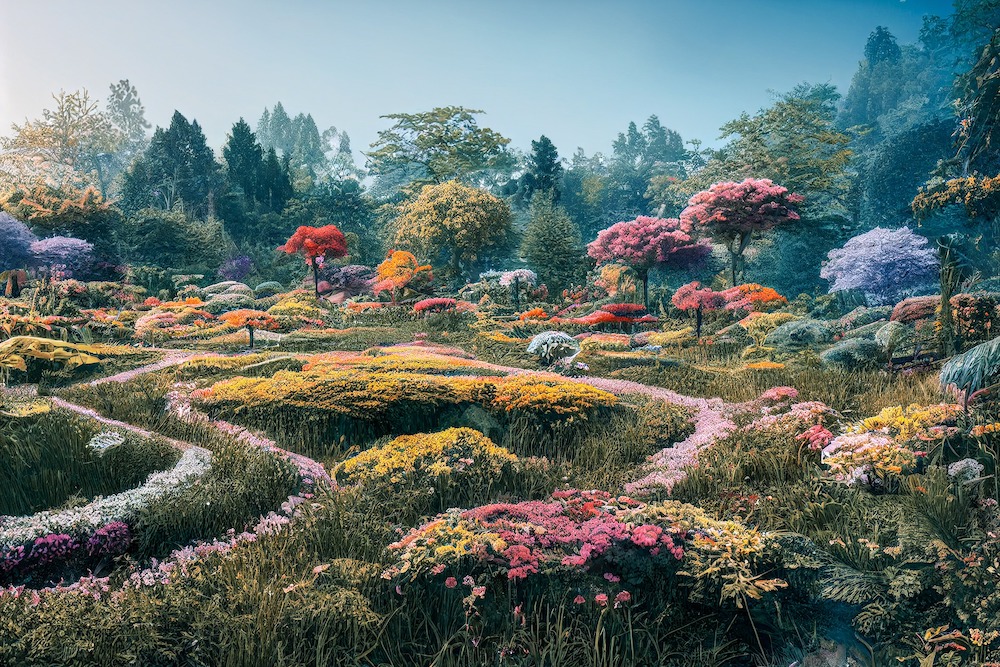
When I look at images (formerly known as photos) on social media, I wonder if what I’m seeing are the real things or are they artificial intelligence, or AI as it’s referred to most of the time. We’ve all seen the fake AI images of Tom Cruise.
AI allows use of made-up images for all kinds of media, including commercials and videos. Is that a real person on TikTok, Instagram or Facebook? Certainly, many of the voiceovers sound the same.
Confounding the what’s real and what’s made up is the use of AI to write stuff. Stuff like term papers, poems, reports, news articles (can you say sports?), business correspondence, contracts, wills. AI gathers info lickety-split. Wired takes a virtual dive to research and offer tips on how to tell the difference between real and AI.
I’m getting ready to try AI to gather some data for an article I’m writing. The piece has 22 plants and I have to fill in their stats, such as mature size, wet or dry conditions, problems. Another garden writer was faced with the same need for more than 50 plants.
Like she did, I’m going to ask AI to gather the stats for the plants. I’ve already written plant descriptions, so the stats will be just that, stats. My hope is that AI will save a lot of time by gathering the info all at once. Normally I’d plug in the plant name in Google and search for the stats from a reliable source.
How did AI work?
Update: After a few attempts, I gave up on using AI for the stats. I was having difficulty trying to figure out how to put forth the request, so I gave up. Deadlines, you know. I might try it again later when not so rushed.
Are those plants real?
Some photos or videos of gardens are hardly ever what they seem. Same for movies like It’s Complicated that feature gardens. I learned this working on a couple of national television commercials, one filmed in Southern California and one filmed on Long Island, New York.
My job was to make sure the plants portrayed a garden in the middle of the country in early to mid-June. I also had to ensure the plants in the commercial’s garden could be used with the pesticide being featured and in accordance with Environmental Protection Agency labeling.
This job also entailed affixing faux silk roses to rose bushes to make them look lush and full, and to plant sticks of faux silk lilies or daisies in beds to fill them out. Commercials are rich with aspirational eye-candy.
The real thing
When you look at your landscape you see the real thing. The bulbs, annuals, perennials, shrubs, vine and trees are real. So are the weeds. You can go out and touch them, smell them, cut them for a vase, tidy them up. You see birds, bees, butterflies, caterpillars, wasps, flies and beetles and other critters on the plants and know what you see is all part of a living, breathing environment.
Some gardeners observe and enjoy all this with the pots on their patio or balcony, if in an apartment or condo. Nature – the real thing – can be just a few steps away and frequently observable from indoors.